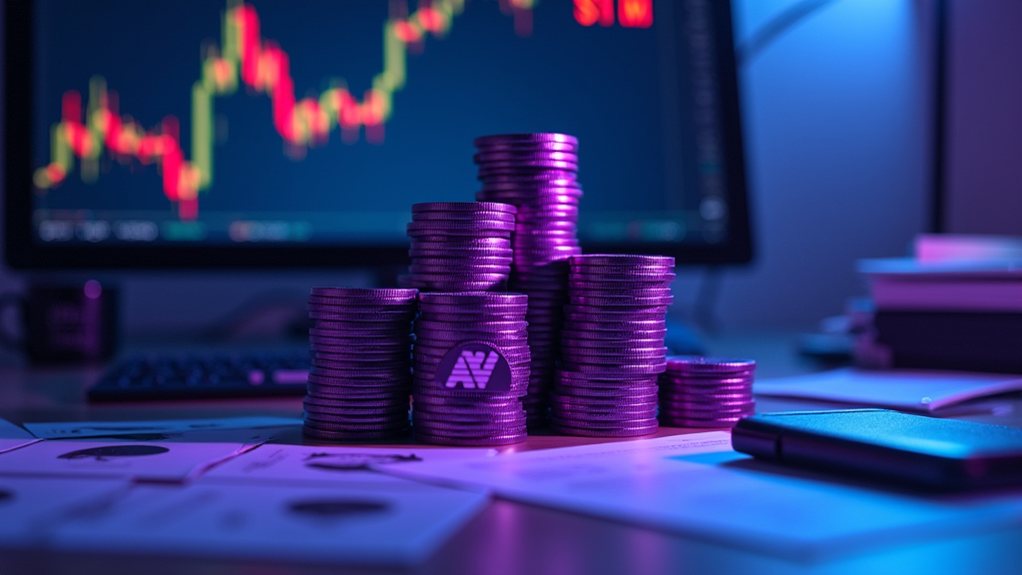While the traditional financial system continues to grapple with intermediaries and centralized control, Decentralized Finance (DeFi) has emerged as a transformative alternative, projected to grow from USD 21.3 billion in 2023 to a staggering USD 616.1 billion by 2033. This remarkable expansion, driven by a compound annual growth rate of 40%, reflects the increasing adoption of blockchain-based financial services that operate without traditional banking intermediaries.
North America currently dominates this landscape, accounting for over 36% of the global market share with revenues of approximately USD 7.6 billion in 2023.
North America leads the DeFi revolution, commanding 36%+ of global market with $7.6 billion in revenue for 2023.
The ecosystem’s growth has attracted millions of users, with MetaMask, a popular DeFi wallet, boasting over 30 million registered users and 21 million monthly active participants. User participation peaked at 7.5 million in late 2021 but experienced a decline in 2023 due to market fluctuations, regulatory concerns, and security incidents. Blockchain wallet users worldwide have surpassed 85 million users since January 2020, demonstrating the rapid global adoption of decentralized technologies.
Ethereum remains the dominant infrastructure provider, supporting 58% of DeFi liquidity through its robust smart contract functionality. The quest for higher yields and transparency is continuing to drive more investors toward DeFi platforms over traditional financial services.
Despite promising growth trajectories, the DeFi sector faces significant challenges, illustrated by the dramatic fluctuation in Total Value Locked (TVL), which reached USD 177 billion in 2022 before experiencing a sharp decline. Security vulnerabilities continue to plague the ecosystem, exemplified by the Ronin bridge hack that resulted in losses exceeding USD 600 million.
The regulatory landscape remains ambiguous, creating uncertainty for investors and developers alike. Many DeFi projects are implementing governance tokens to establish more resilient decision-making processes.
Blockchain technology serves as the foundation for DeFi applications, with global spending expected to reach USD 19 billion by 2024. The technology enables vital innovations such as Decentralized Autonomous Organizations (DAOs) and composable financial services that can interact seamlessly.
Companies like Compound Labs and Uniswap have emerged as significant players, particularly in North America where advanced infrastructure and evolving regulatory frameworks provide fertile ground for innovation.
As DeFi continues its billion-dollar shift, balancing growth ambitions with risk management will determine its long-term viability as a financial paradigm.









